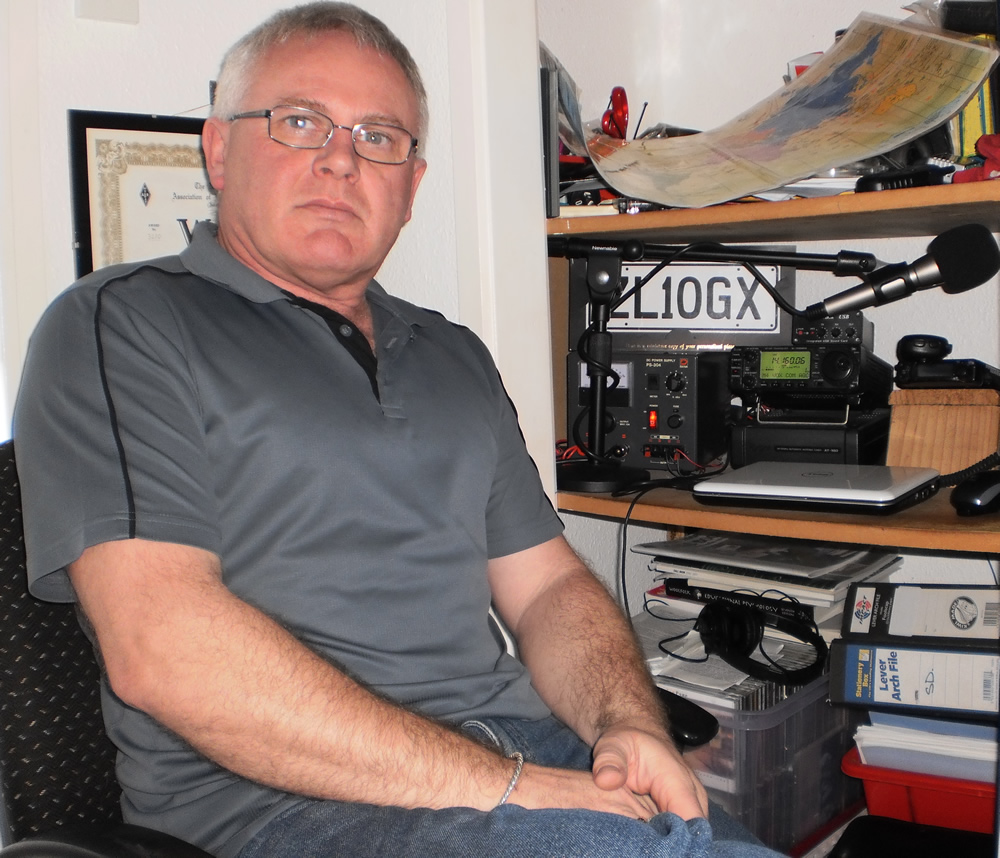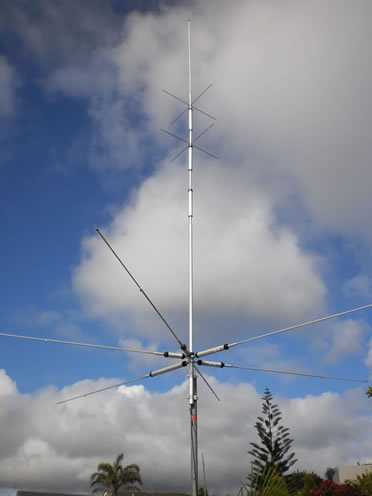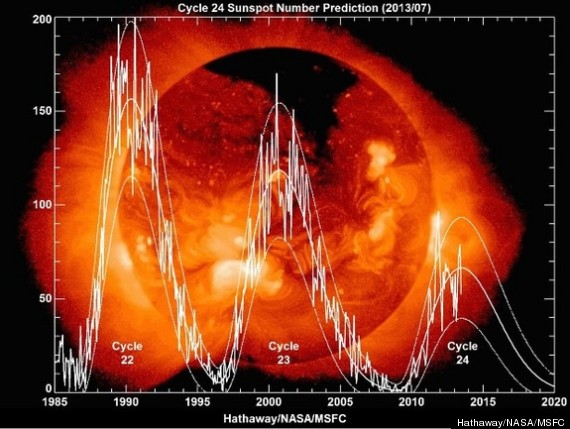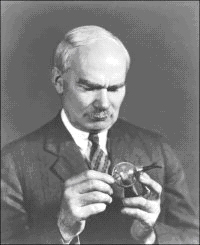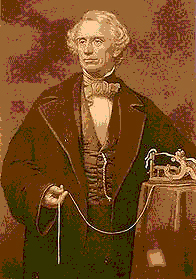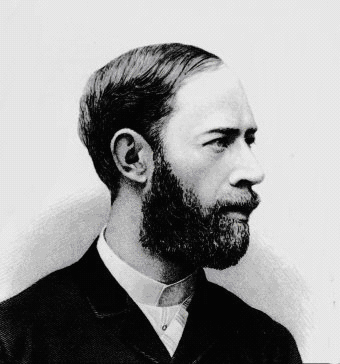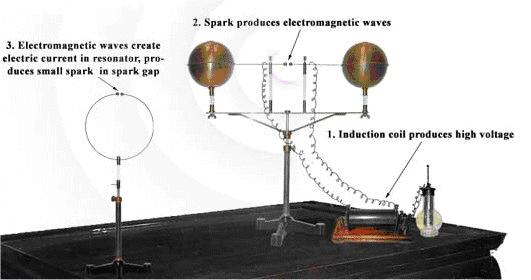Decibels Made Easy (Without Logarithms)by Bruce Spratling, Jr.
Suppose your station has a transmitter that puts out 50 watts of power, a feed line that loses all but 40% of the power, a duplexer that loses half the power, and an antenna that produces enough gain to make the signal 4 times as strong as a dipole antenna. To find the effective radiated power of your station you need to multiply 50 watts times .4 (feed line loss) times .5 (duplexer loss) times 4 (antenna gain) = 40 watts.
Rather than multiply all these factors together, someone decided it would be good to represent them in a way that allows us to add them. An increase of a factor of 10 is defined to be a 10 decibel increase. Decibels are abbreviated dB. Two 10dB increases produces a 20dB increase, because we add decibel increases.
Two increases by a factor of 10 results in an increase of 10 X 10 = 100; therefore 20dB = 100. Three 10dB increases is 30dB, which is 10 X 10 X 10 = 1000.
Because we want to be able to add the dB increases, 0 dB is a factor of 1. Multiplying something by 1 does not change it, just as adding 0 to something results in no change.
Decibels 0 10 20 30
Factor 1 10 100 1000
It’s easy to figure out the meaning of 10, 20, 30, 40… dB, but how about decibels less than 10? Note that if we multiply 2 by itself 10 times, it generates the following: 2, 4, 8, 16, 32, 64, 128, 256, 512, 1024.
2 times itself 10 times is 1024, which is slightly more than 1000, which is 30dB. 3 added to itself 10 times is 30, and 30dB is a factor of 1000. Therefore, 3dB represents a factor of (approximately) 2.
Another way to derive that 3dB represents a factor of 2 is this: If we add 3dB to itself 3 times we get 9dB, which is less than, but close to, 10dB. If we multiply 2 times itself 3 times we get 2X2X2=8, which is close to, but less than 10. This is good because 9dB should be less than 10 (since 10 dB is 10). We have to multiply 8 by 5/4 to equal 10, and we have to add 1dB to 9dB to equal 10dB. Having 3dB = 2 will work if 1dB = 5/4.
Does 1 dB represent a factor of 5/4? If we apply 1dB 3 times, we’ll have 3dB, which = 2. (5/4)X(5/4)X(5/4) = 125/64, which is close to 2. Therefore, a 3dB increase represents a 2 times increase, and 1 dB represents an increase of 1.25.
6dB = 3dB + 3dB. A 3dB increase is a factor of 2, so 6dB = 2 X 2 = 4. Similarly, 9 dB = 2 X 2 X 2 = 8.
So far we have:
Decibels 0 1 2 3 4 5 6 7 8 9 10
Factor 1 1.25 2 4 8 10
Let’s consider negative decibels. -1dB changes 10dB to 9dB, which changes 10 to 8. Therefore, -1 dB is .8, because .8 times 10 = 8.
To find 8dB, think of 8dB as 9dB – 1dB = 8 X .8 = 6.4. To find 5dB, think of 5dB as 6dB – 1dB = 4 times .8 = 3.2. Note that 5dB + 5dB = 10dB = 10. Using 5dB = 3.2: 3.2 X 3.2 = 10.24, which is about 10. To find 2dB, use 2dB = 3dB – 1dB = 2 X .8 = 1.6
Decibels 0 1 2 3 4 5 6 7 8 9 10
Estimated Factor 1 1.25 1.6 2 2.5 3.2 4 5 6.4 8 10
Actual Value 1 1.26 1.58 1.99 2.51 3.16 3.985 5.01 6.31 7.94 10
% Error .714 -.944 -.236 .475 .178 -.473 .237 -1.41 -.708 0
You’ll notice from the chart that the results are all within 1.5%.
To summarize the system:
Realize that 3dB = 2, so 6dB = 4, and 9dB = 8.
You know the value for 3, 6, and 9dB (2, 4, 8).
To find 2, 5, or 8dB (1 less than 3dB, 6dB, or 9dB), use -1dB = .8.
If you want to know 4 or 7dB (1 more than 3dB or 6dB), use 1dB = 1.25.
To find fractions of 1dB, realize that 1dB represents a 25% increase, so .1dB is a 2.5% increase, .2dB is a 5% increase, .4dB is a 10% increase. (This interpolation method isn’t exact, but it’s fairly close when dealing with such small values).
You can carry this further for hundredths of a decibel. .01dB is one tenth of .1dB. .1dB is 2.5%, so .01dB is .25%. .04 dB is 1%.
An example: Suppose an antenna has a gain of 17.68 dB. How much increase is this? Note that 17.68 = 10 + 7 + .68. A 10 dB increase is a factor of 10. A 7 dB increase is a factor of 5. Therefore, a 17 dB increase is a factor of 10 X 5 = 50. .6 dB is 15%, .08 dB is 2%, so .68 dB is about 17%. 50 X 1.17 = 58.5, so the antenna increases the signal strength by a factor of 58.5, the signal is 58.5 times as strong (the exact value is 58.61).
Another example: An antenna’s signal is 25 times stronger than a dipole antenna. How many decibels is this?
This is actually quite easy. A 10 dB increase is a factor of 10. Because 25 = 10 X 2.5, we still have an increase of 2.5 to account for. An increase of 2.5 is 4 dB, so the total increase = 10 dB + 4 dB = 14 dB (the exact value is 13.98 dB).
Suppose we have an increase of a factor of 30. How many decibels is this? 30 = 10 X 3. To multiply by 10 requires 10dB. But, we need to add the decibels needed to multiply by 3. 4dB is 2.5, but we need 20% more (3 is 20% more than 2.5). 20% is about .8dB, so 30 = 14.8dB (the exact value is 14.77).
Well, that’s my system for decibels, and as promised, I didn’t mention logarithms!


